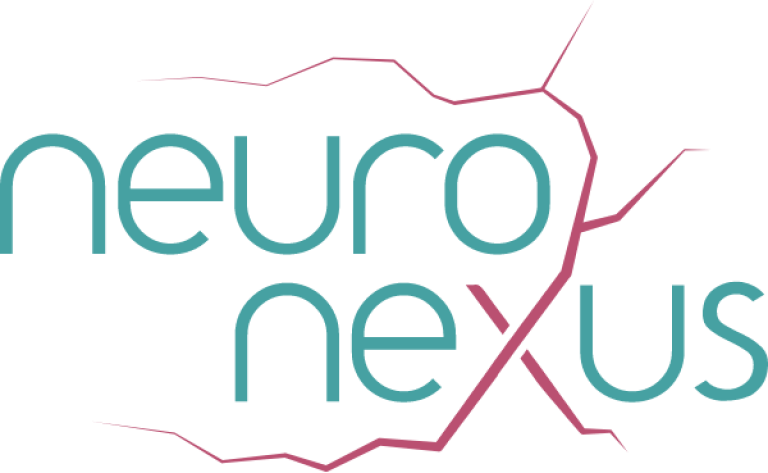Exploring the Role of Artificial Intelligence (AI) to Distinguish Typical Optic Neuritis (ON) from Atypical ON Subtypes
Champion Name
Organization
Alberta Health Services; Hotchkiss Brain InstituteChallenge ID
Project Track
Skills Needed
Optic Neuritis (ON) is defined as an inflammatory injury to the the optic nerve that presents with acute vision loss.1 ON is commonly associated with multiple sclerosis (MS), a progressive neurodegenerative brain disorder that affects 1 in 400 Albertans.1,2 In fact, 1 in every 5 MS patients presents with ON as the heralding symptom of their disease.1 In recent years, atypical ON subtypes have emerged. Unfortunately, these versons of ON often have grave clinical associations and predict less favourable visual recovery than MS-ON.3 Specifically, atypical ON subtypes can lead to irreversible vision loss if not treated promptly and aggressively. Yet, research has shown that relying on clinical judgement alone results in a 60% misdiagnosis rate in the assessment of ON patients.4 Thus, better tools are needed to distinguish typical and atypical forms of ON.
The Optic Neuritis Treatment Trial (ONTT) was a seminal study published almost 30 years ago that characterized the clincial features of typical ON, and outlined the tight relationship between ON and MS.5,6 The ONTT also demonstrated that while high dose corticosteroid treatment modestly hastened visual recovery, it did not improve final visual outcomes. Unfortunately, the findings from the ONTT have deterred clinicians from treating ON cases, because many erroneously assume that all ON patients will recover spontaneously. The high rate of misdiagnosis and prevailing under-treatment of atypical ON subtypes [particularly those associated with Neuromyelitis Optica Spectrum Disorder (NMOSD) and Myelin Oligodendrocyte glycoproteain associated disease (MOGAD)] may lead to irreversible blindness and delayed neurological diagnosis for patients.
Our overarching goal is to develop, train, and validate a deep-learning system that can classify ON cases as being « typical » or « atypical » based on ocular fundus photographs. Fundus photography is a routine part of the clinical assessment of ON patients in the Neuro-Ophthalmology Clinic at the Rockyview General Hospital. If proven effective, this AI could then be deployed in a clinical setting, allowing eye care specialists to upload fundus photographs and receive live time classification of the photograph as a typical or atypical case ON. Ultimately, this tool could be an invaluable resource to assist eye care providers in optimizing patient care. The use of AI and deep learning for image analysis is an emerging technological advancement in the field of ophthalmology. Many groups, including Google Health, have used deep learning to analyse fundus photographs to diagnose patients with diabetic retinopathy.6 Deep learning has also been used for the identification of glaucomatous discs, the detection of age-related macular degeneration and even to evaluate a patients cardiovascular health.7,8,9 Recently, Milea and colleagues10 published an article in the New England Journal of Medicine looking at AI techniques used to detect the presence of papilledema, a sign of raised intracranial pressure that may herald life and vision threatening diagnoses. This study is significant as it is the first major study assessing the ability for deep learning to successfully characterize optic nerve head pathology from fundus photographs.
Our group is uniquely positioned to investigate this research question. Dr. Costello is an international researcher with expertise in ON diagnosis. With-13 year follow up on over 300 patients, we have one of the largest single center cohorts of ON patients in North America. This project will dovetail with our international collaboration with Dr. Lindsey Delott from the University of Michigan. Through this collaboration, we are studying clinical factors on first presentation that would increase the likelihood that patients be diagnosed with atypical ON. This fundus photograph analyser will play a key role in the overall objective of this project. In summary, we believe this challenge is novel, feasible and has significant clinical ramifications for patient care, within Alberta and beyond. Moreover, if the deep learning system we develop is effective, it would potentially be a technology that could be patented for future applications in the field of ophthalmology.
The solution to our challenge will be based on the BONSAI protocol which was used to detect papilloedema by Milea et al. A data-set with fundus photographs accompanied by final diagnosis will be provided to the candidates. The candidate will be required to develop the following networks to succesfully complete the challenge :
- A segmentation network to detect the location of the optic nerve from fundus photographs.
- A classification network to classify the optic nerve into one of the three classes: normal nerve, nerve with MS-ON, and nerve with atypical ON.
- A class-activation map to visualize optic-nerve abnormalities.
- A cross-validation to differentiate among normal optic nerves, MS-ON, and atypical ON.
- The diagnostic performance of the three-class classification model will need to be validated on an external data set.
